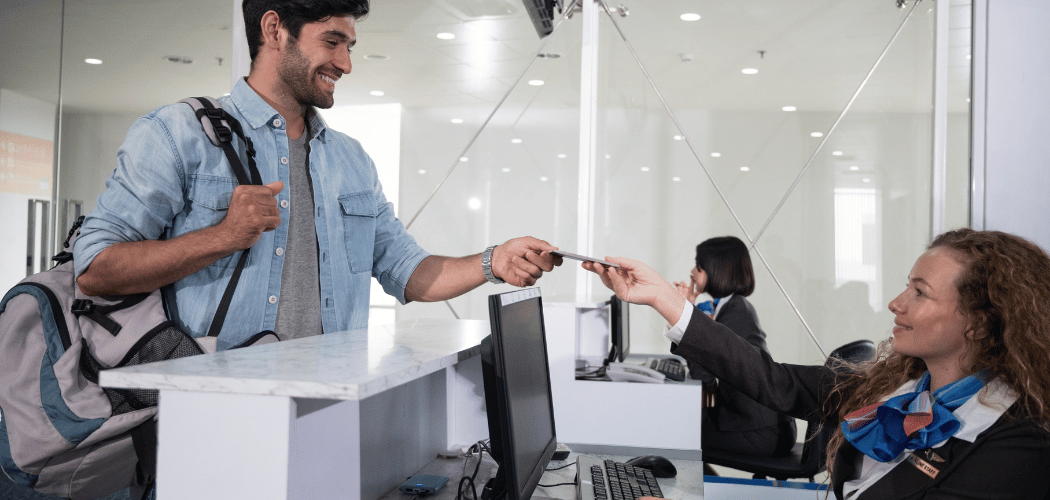A new report reveals that mobile wallet use in the United Kingdom has outpaced usage in the United States. Meanwhile, in India, customers are still holding onto cash. Science fiction author William Gibson once said of technological advancement, “The future is already here—it’s just not evenly distributed yet.” When it comes to mobile payment adoption, some parts of the world remain stubbornly in the present.
By Rick Ferguson
Just days after we reported that China is lapping the US in mobile payments and fintech, along comes a new report claiming that the UK has likewise surpassed the US in mobile payments. The report, from Auriemma Consulting Group, reveals that the future of mobile payments appears more positive across the pond, where contactless payment technology has made familiarity with tapping at the point of sale more prominent.
The study notes that small but notable proportion of credit cardholders in both geographies have adopted mobile payments. While UK cardholders are slightly more likely than their US counterparts to have used Apple Pay (12% vs. 9%) and Visa Checkout (9% vs. 6%) within the past month, other options, such as PayPal In-Store Checkout (5% each) and Android Pay (4% each) show similar usage patterns. Although usage metrics are low, satisfaction with each technology is extremely high.
Over 90 percent of users in both geographies say they are satisfied with their mobile payment app. However, while it may be true that satisfied users are more likely to continue using than dissatisfied ones, user satisfaction alone does nothing to introduce non-users to the technology. UK consumers have a slight advantage in this area, given their introduction to contactless payment technology has familiarized them with tapping at checkout. Money quote from Auriemma director Jaclyn Holmes:
“UK consumers were introduced to contactless payments in 2007. Their increased comfort with this technology, in the decade since its inception, makes payment behavior at the point of sale less of a barrier for mobile pay adoption. If anything, paying with a tap has become more natural for this population than their US counterparts, who only recently began the move from swipe to dip.”
The US isn’t the only country holding onto old ways of paying, however. The New York Times published this week an account of the difficulties faced by Indian fintech firms in attempting to convince Indian consumers to give up paper rupees for digital payments. Money quote:
“India's reluctance to give up paper money poses challenges for the firms that are vying to offer electronic payments, including local players like Paytm, which has received financing from the Chinese e-commerce giant Alibaba, and American tech companies, like Facebook, Google and PayPal. 'Cash is convenient,' said Caesar Sengupta, who oversees Google's product for emerging markets. 'It's anonymous. You can use it everywhere.'"
For consumers in the US, who still prefer credit cards, and in India, where cash remains king, the case for mobile payments will rely on more than the ability to deliver convenience and a frictionless process. Adoption will depend on how well payments firms leverage the technology to build real relationships with best customers through opt-in data collection, personalization, and rewards. In some markets, mobile payments remain a solution in search of a problem; the key to adoption will be how quickly marketers can reframe that problem as an opportunity for their best customers.
Rick Ferguson is Editor in Chief of the Wise Marketer Group and a Certified Loyalty Marketing Professional (CLMP).




